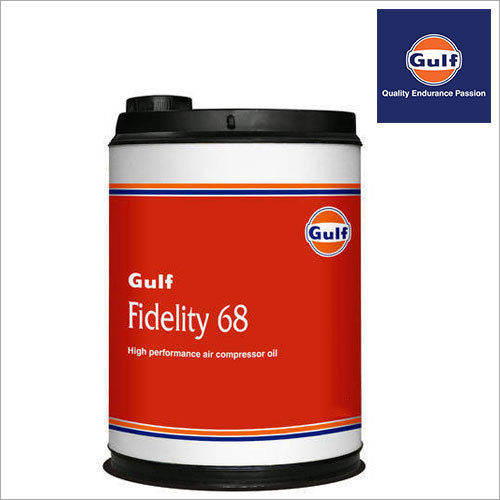
Gulf gear oil
Product Details:
Gulf gear oil Price And Quantity
- 120 INR/Liter
- 20 Litters Liter
- 120.00 - 1200.00 INR/Liter
Product Description
The specifications of Gulf gear oil can vary depending on the specific product line and application. However, here's a general overview of what you might expect to find in a product specification for Gulf gear oil:
-
Viscosity: Gear oils are classified by their viscosity, typically measured at different temperatures. Viscosity determines the oil's ability to flow and lubricate effectively under different operating conditions.
-
API Classification: The American Petroleum Institute (API) assigns classifications to gear oils based on their performance characteristics. Common classifications include GL-4, GL-5, and MT-1.
-
SAE Grade: Similar to motor oils, gear oils are also graded by the Society of Automotive Engineers (SAE) based on their viscosity characteristics at specific temperatures.
-
Performance Ratings: This could include any industry-standard performance ratings or certifications, such as those from the American Gear Manufacturers Association (AGMA) or Original Equipment Manufacturer (OEM) approvals.
-
Base Oil Type: Gear oils can be formulated using different base oil types, such as mineral oil, synthetic oil, or a blend of both. The base oil type affects factors like thermal stability, oxidation resistance, and load-carrying capacity.
-
Additive Package: This refers to the specific additives blended into the gear oil to enhance its performance characteristics. Common additives include anti-wear agents, rust and corrosion inhibitors, friction modifiers, and extreme pressure (EP) additives.
-
Operating Conditions: The specification may include information on the recommended operating conditions for the gear oil, such as temperature range, load capacity, and gear type compatibility (e.g., hypoid gears).
-
Compatibility: Information on compatibility with different seal materials, elastomers, and metals commonly found in gear systems.
-
Environmental Considerations: Any information regarding biodegradability, eco-friendliness, or compliance with environmental regulations.
-
Storage and Handling: Guidelines for proper storage and handling of the gear oil to maintain its performance characteristics and prevent contamination.
These specifications ensure that the gear oil meets the necessary requirements for its intended application, whether it's automotive, industrial, marine, or another specialized use. Always refer to the specific product datasheet or technical documentation
Other Products in 'Gulf Fidelity 68 Compressor Oil' category
We want inquires mainly from Tamil Nadu, Kerala, Andhra Pradesh, Pondicherry, Karnataka.


